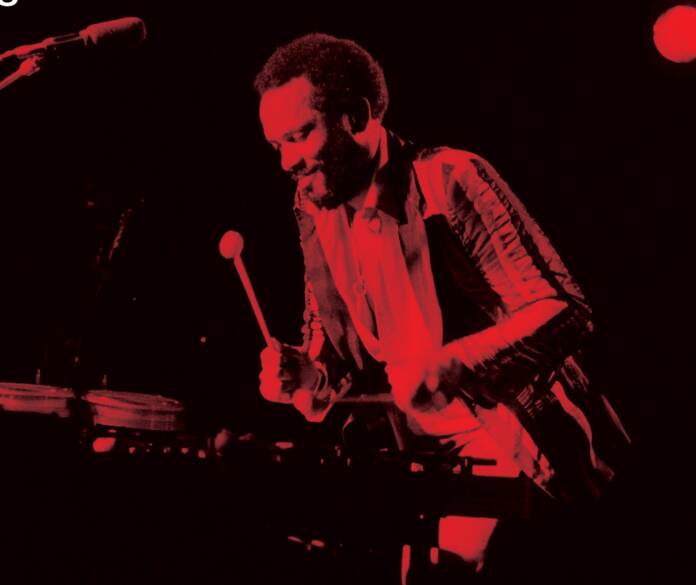While it’s proper to acknowledge the current global ballyhoo of a Tik-Tok (if you will) generation of acolytes newfound obsession in jazz, let’s be clear. This is not the first time a hybrid of America’s classical music, with contemporary accents, snuck up into the cultural zeitgeist.
Once Miles Davis, back in the day, understood that playing a stadium gig, filled with longhaired youths, financially beat out a week’s worth of gigs in a dusty jazz club repeat playing Kind of Blue every damn night, he changed his band, clothes, and the music. Again. Upon receiving the check for his 1969 landmark fusion album ‘Bitches Brew”—a career lane-changer melding electric acid rock textures with deep pocket funk, which sold more copies than any other jazz album in history at that time—he remarked with a smile, “I feel like a thief.”
“Running Away” the breakout disco hit from his 1977 album Lifeline, an unrelenting danceable intermixture of jazz and funk, by Roy Ayers Ubiquity, fueled the record peaking on the Billboard 200 album chart at No. 77. Ayers’s third-highest showing on there to date, behind 1976’s “Everybody Loves The Sunshine,” which peaked at No. 51, and 1978’s “Let’s Do It,” which hit No. 33. Notably, Lifeline lasted the longest of any of his albums on the Billboard 200, ultimately enjoying a twenty-five-week run.
Loaded with multi-vocal conversations in flight, Ayers vibraphone work hustling in a 4/4 tempo, muted organ phrasing, and percussive attack enhanced by guitar picking, “Running Away” was and still is a bombastic, gallant groove. Dapped-up by the younger generations—Ayers’ discography has served as an extensive sample source for numerous artists including N.W.A. and Kendrick Lamar—”Running Away” eventually garnered hits for A Tribe Called Quest, Common, and Big Daddy Kane by way of sampling.
Discovered among the 1977 acclaimed Roy Ayers “Virgin Ubiquity” studio session tapes is a rich jazz reminder: “Reaching The Highest Pleasure,” a previously unreleased gem capturing Ayers and his band perfecting a straight-ahead jazz moment. Clocking in just under six minutes, it allows Ayers to feature those mallets at a refined pace. Floating in one stretch, and tingling in another, without a second of dance floor scheming. Following a steadfast bassline and methodical pattern circling in, the studious moment references earlier works, prior to the bankability of disco.




